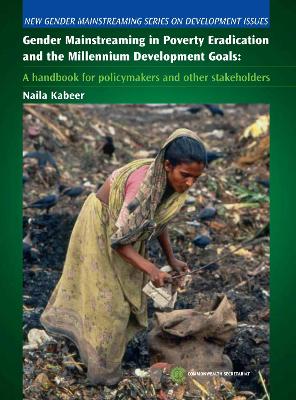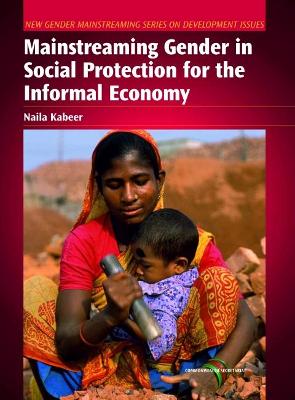New Gender Mainstreaming Series on Development Issues
2 total works
Gender Mainstreaming in Poverty Eradication and the Millennium Development Goals
by Naila Kabeer
Published 1 January 2003
Neglect of gender inequalities in the distribution of resources, responsibilities and power in the processes of economic accumulation and social reproduction has a high cost for women, children and other dependents and for the development of society as a whole.
This book highlights the inter-connections between production and reproduction within different societies; women's critical role in straddling both and points to various synergies, trade-offs and externalities which these generate.
Naila Kabeer's book will be of significant use to policy-makers, practitioners, researchers and other stakeholders committed to the pursuit of pro-poor and human-centred development.
This book highlights the inter-connections between production and reproduction within different societies; women's critical role in straddling both and points to various synergies, trade-offs and externalities which these generate.
Naila Kabeer's book will be of significant use to policy-makers, practitioners, researchers and other stakeholders committed to the pursuit of pro-poor and human-centred development.
Mainstreaming Gender in Social Protection for the Informal Economy
by Naila Kabeer
Published 1 January 2008
In Mainstreaming Gender in Social Protection for the Informal Economy Naila Kabeer explores the gendered dimensions of risk, vulnerability and insecurity and hence the need for a gender perspective in the design of social protection measures. Her emphasis is on the informal economy because that is where the majority of women, and indeed the poor, are to be found while also being where official efforts for social protection are most limited. The book will enhance understanding of the constraints and barriers that confine women to more poorly remunerated, more casual and more insecure forms of waged and self-employment, and of what this implies for women's ability to provide for their families and cope with insecurity. Kabeer develops a framework of analysis that integrates gender, life course and livelihoods perspectives in order to explore the interactions between gender inequality, household poverty and labour market forces that help to produce gender-differentiated experiences of risk and vulnerability for the working poor.
She then examines and assesses examples of social protection measures - from child allowances to pensions - in order to illustrate the necessity for a gender-analytical approach. She also stresses the importance of an organised voice for vulnerable and marginalised workers. Finally, the author synthesises the main lessons that emerge out of the discussion and identifies gaps and exclusions in the social protection agenda.
She then examines and assesses examples of social protection measures - from child allowances to pensions - in order to illustrate the necessity for a gender-analytical approach. She also stresses the importance of an organised voice for vulnerable and marginalised workers. Finally, the author synthesises the main lessons that emerge out of the discussion and identifies gaps and exclusions in the social protection agenda.

